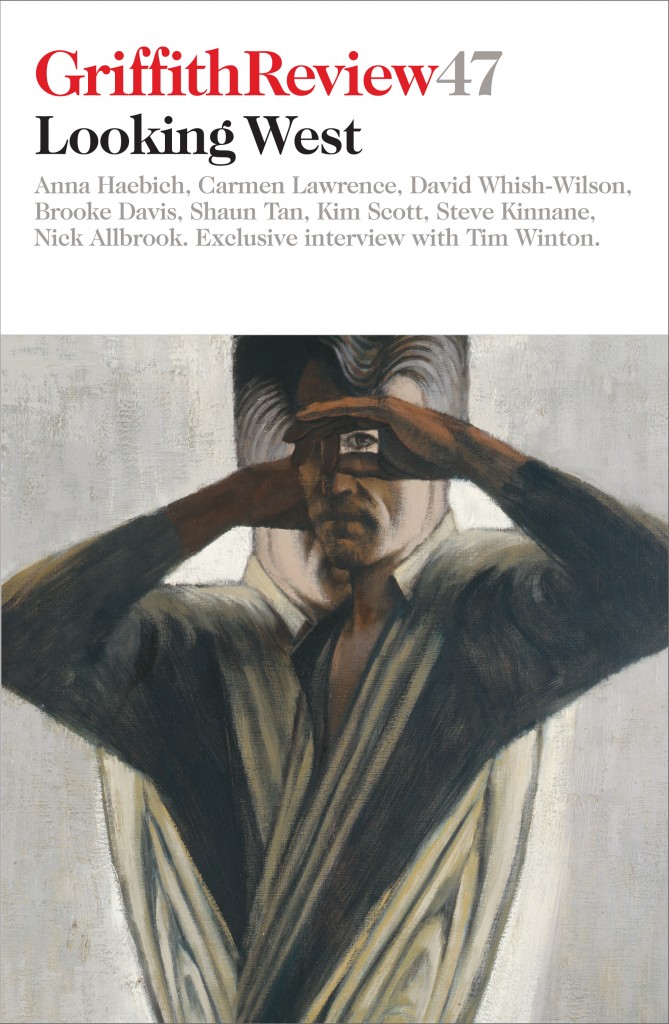I’M SITTING IN the climate-controlled archival room at the Battye Library in central Perth, reading through old Police Gazettes. With a fifty-year buffer maintained to preserve the dignity of extant convicted criminals, the gazettes begin in 1905 and end in 1964. The journals record job availabilities and relate general policing news, but it’s the recording of arrests and accompanying mugshots – pictures of wanted men and missing women and children – that I am interested in.
The photographic record begins in 1905, during the tail end of Perth’s first gold boom and a time of great social change in the city and Goldfields. Prior to 1892, when gold was discovered out in the Coolgardie/Kalgoorlie semi-desert in Wongi country, Perth (and indeed Western Australia) had struggled to thrive. Despite the introduction of convict labour in the late 1840s, just as the practice was being phased out ‘over east’, the population had remained largely static and for the majority, times were hard. This is reflected in the statistic that Perth’s general crime rate was said to be seven times greater than in Adelaide and, according to historian Geoffrey Bolton, in one year alone one quarter of Fremantle’s male population was locked up for petty crimes, caused by poverty and unemployment. The discovery of WA’s mineral wealth and the subsequent gold rush brought opportunity and a surge in the population, fuelled largely by the arrival of miners and drought-stricken farmers from Victoria and South Australia. The city of Perth, with its population of 48,000, saw half a million new arrivals pass through the city in a matter of a decade. The boom wasn’t to last, however, and its benefits didn’t reach everyone. The crimes recorded in the gazettes reflect prevailing poverty and social problems associated with alcohol abuse among men and women – vagrancy, drunk and disorderly, resisting arrest, assault and petty theft are common.

Already a subscriber? Sign in here
If you are an educator or student wishing to access content for study purposes please contact us at griffithreview@griffith.edu.au





